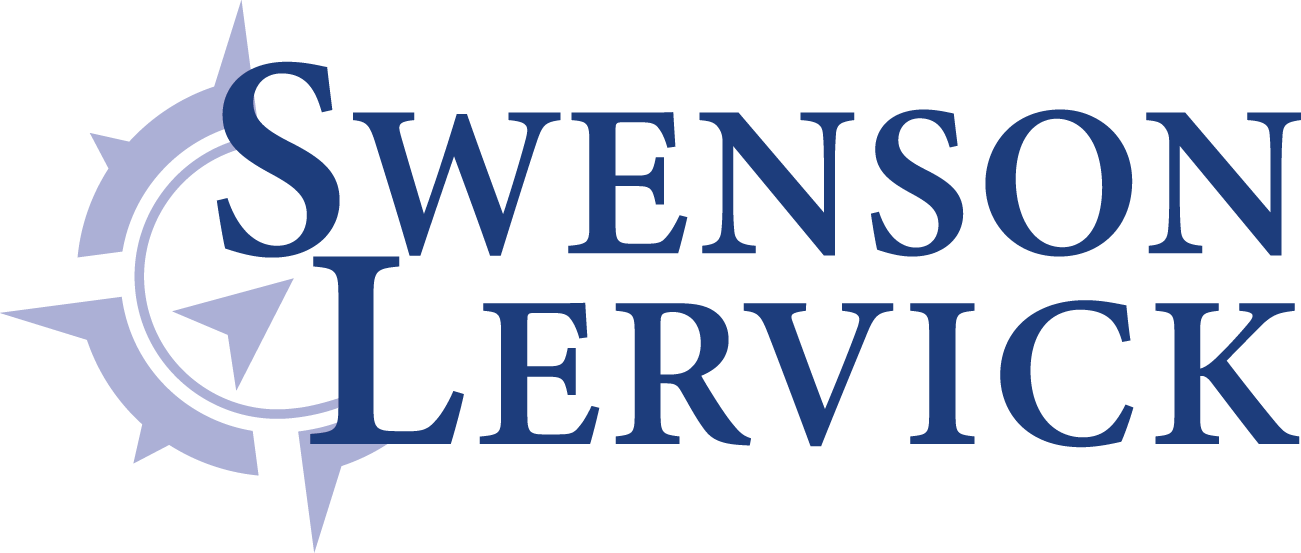By now, you’ve probably read or heard about Target Corporation’s agreement to pay $2.8 million to settle an EEOC discrimination charge. Unlike a “disparate treatment” case where the plaintiffs claim that an employer’s actions were motivated by discriminatory intent, this was a “disparate impact” case where the EEOC alleged that screening tests used by Target disproportionately excluded applicants on the basis of race and gender and violated the Americans with Disabilities Act.
So, what’s the difference between “disparate impact” and “disparate treatment” discrimination? Disparate impact discrimination cases typically arise out of pre-employment tests, medical exams, background check policies and similar assessments that are used to screen candidates for a job or advancement within a company. The theory was first recognized by the United States Supreme Court in 1971 in the case of Griggs v. Duke Power Co. In that case, the Court noted that:
[Title VII of the Civil Rights Act of 1964] proscribes not only overt discrimination but also practices that are fair in form, but discriminatory in operation. The touchstone is business necessity. If an employment practice which operates to exclude [a protected class] cannot be shown to be related to job performance, the practice is prohibited.
The Griggs Court also stressed that good intentions do not matter, for “[G]ood intent or absence of discriminatory intent does not redeem employment procedures or testing mechanisms that operate as ‘built-in headwinds’ for minority groups and are unrelated to measuring job capability.”
Thus, in a disparate impact case, the focus is not on evidence that the employer intended to discriminate. Rather, the focus is on statistics. If the statistics show that the employer’s screening practice — no matter how innocuous on its face — has a substantial adverse impact on a protected group, the employer must show that the practice is job-related for the position in question and consistent with business necessity. The employer might still lose the case if there is evidence that the company refused to adopt an alternative employment practice that would have served the employer’s legitimate interests without creating a disparate impact on a protected class.
In contrast, in a disparate treatment case, the focus is on evidence of the employer’s intent. If the evidence shows that the employer intentionally discriminated against an employee or applicant on the basis of a protected classification, the employer will be held liable for unlawful employment discrimination based on the disparate treatment theory.
In addition to paying nearly $3 million to settle the EEOC case, Target also agreed to several non-monetary terms, such as:
- Not using the assessments again as part of its exempt-level employment selection procedures;
- Changing its applicant tracking systems to ensure that the collection of data is sufficient to assess adverse impact;
- Performing a predictive validity study for all exempt assessments currently in use and any new assessments the company expects to use;
- Monitoring its assessments for exempt-level professional positions for adverse impact based on race, ethnicity and gender; and
- Annually providing the EEOC with a detailed summary of the studies and the adverse impact analysis conducted.
As the Target case shows, even seemingly innocent employment screening practices can violate Title VII and other anti-discrimination laws. Therefore, employers who use such devices should carefully evaluate their potential adverse impacts before using or continuing them.
For more information about this article, please contact me at [email protected].

